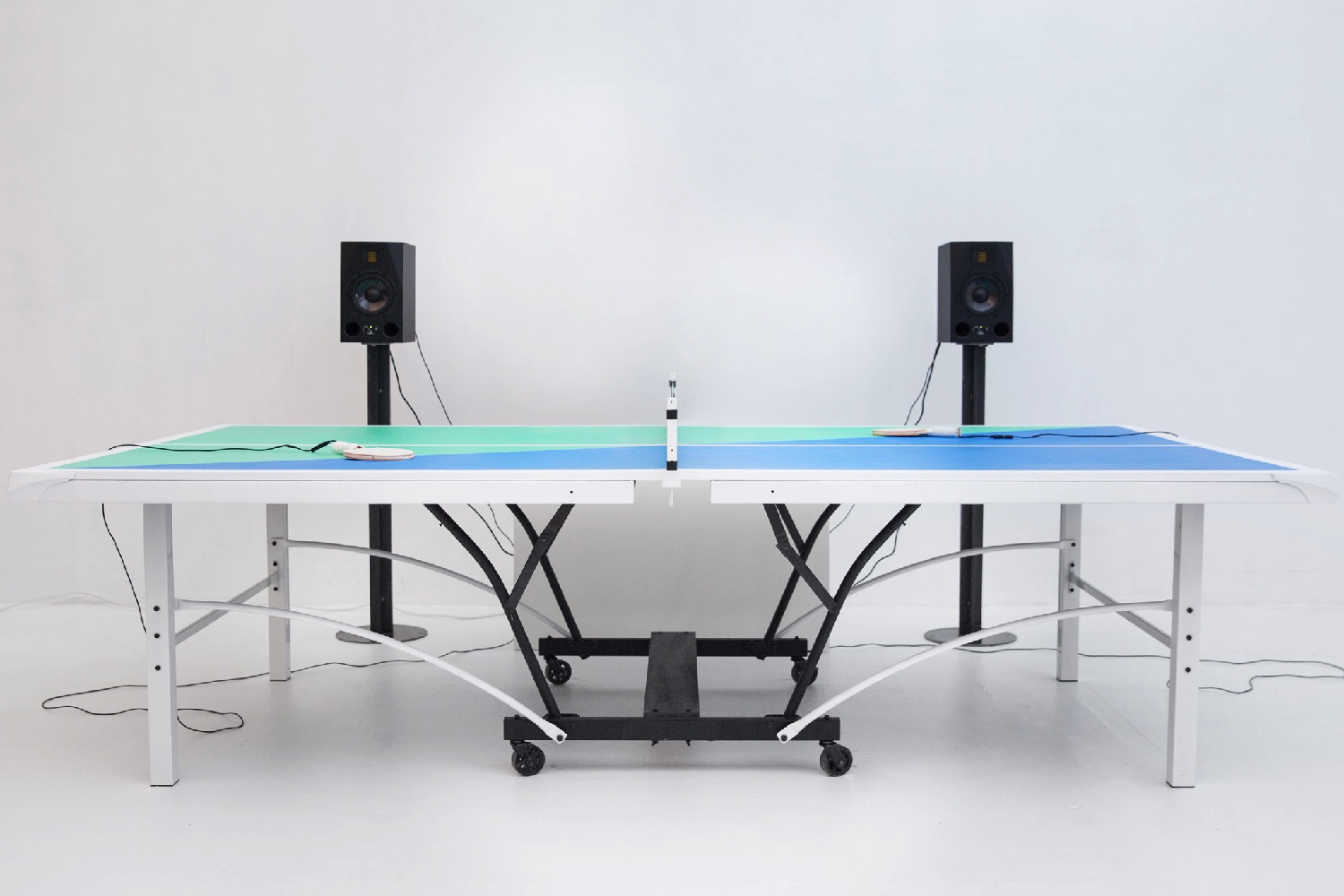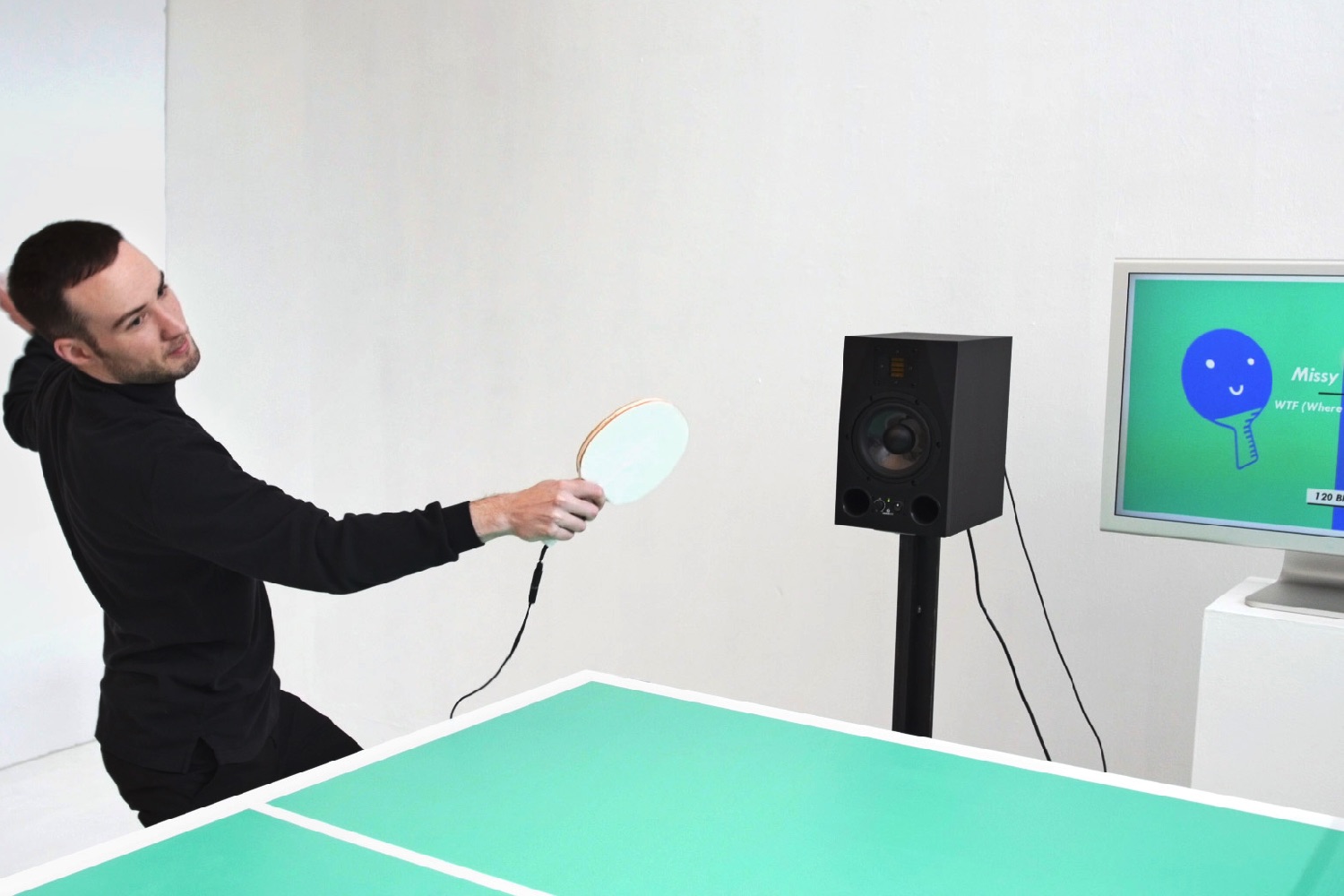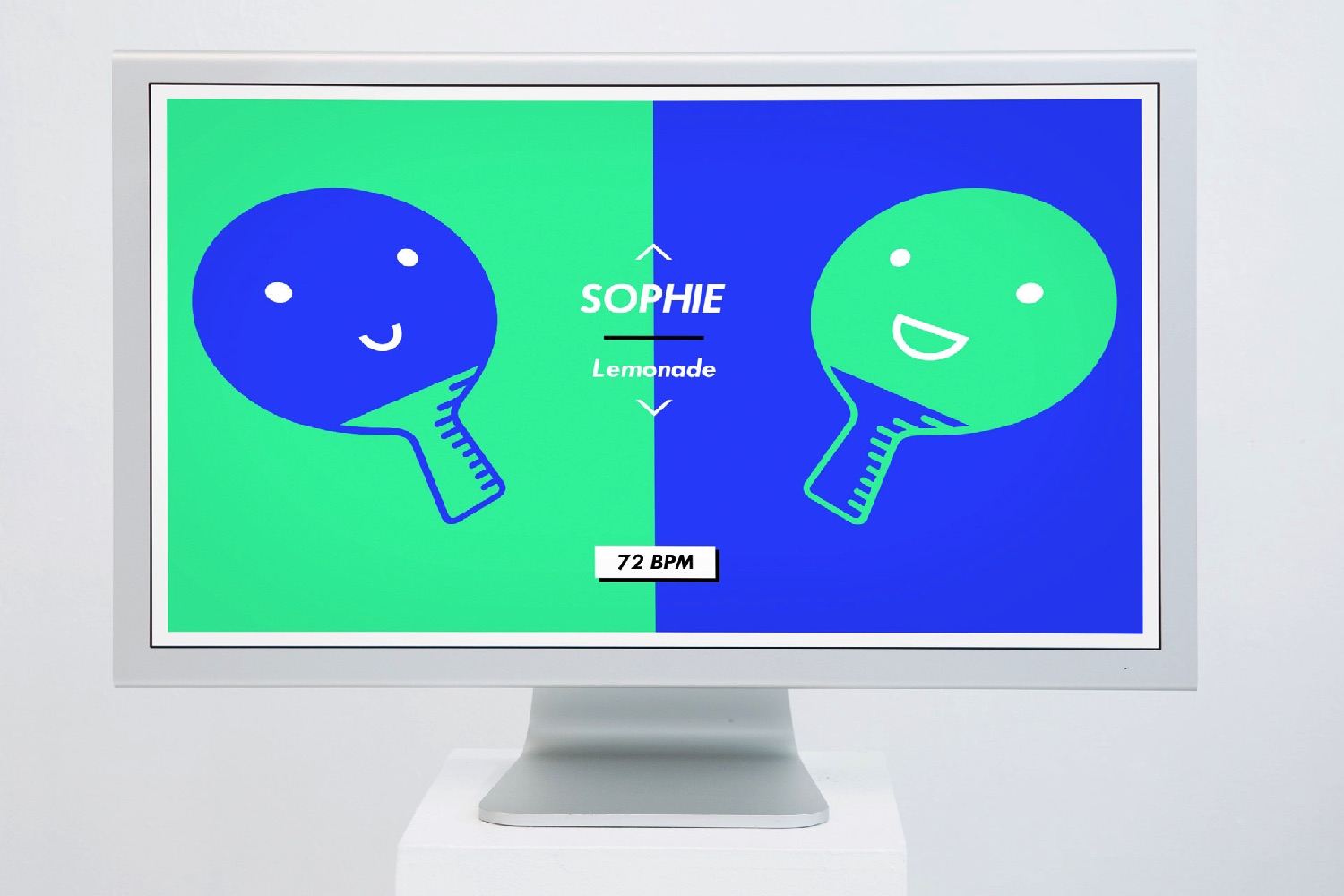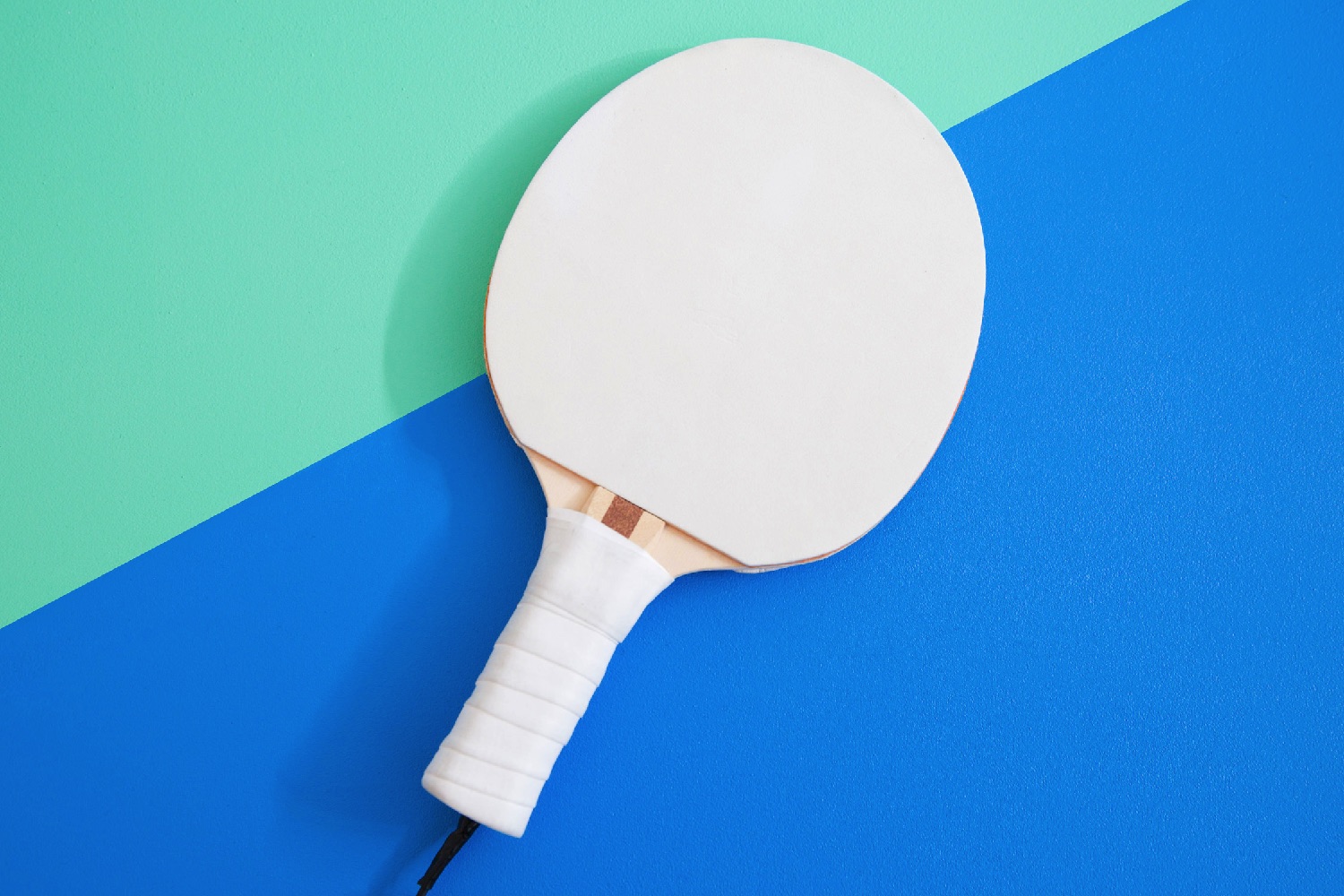Jump forward almost half a century and Seattle-based designer Mark Wheeler and several colleagues have created Ping Pong FM, an Arduino-based ping pong game that is pitched halfway between table tennis and the Guitar Hero franchise.
“It’s basically a musical take on table tennis,” Wheeler told Digital Trends. “You start by choosing a song, and then as you play, the music plays along. The slower you hit the ball to each other, the slower the music plays. The faster you play, the faster the music gets. The moment the ball hits the floor, the song stops and you have to start over.”
Wheeler said the idea started out as an experiment. “We spend all day in offices where there are ping pong tables,” he continued. “You know when people say an idea is right in front of you? Well, this was literally right in front of us. It was fun to think about how we could take something everyone is used to and put a unique twist on it.”
While it may sound like a simple concept, getting it to work was decidedly less so.
“The main challenge was tracking the ping pong ball and working out when people were actually hitting it,” Wheeler said. “We thought about vision tracking systems initially. That’s probably possible, but very complex. In the end, we struck upon the idea of using sound. Ping pong has a very distinctive sound, so we decided to build microphones into each of the paddles to track the movement. The audio is then processed using an Arduino, while an application running on a Mac, built using openFrameworks, runs the music and visuals.”
Sadly for everyone whipping out their wallets already, Ping Pong FM is not available yet — and there is no guarantee it will be. “Right now, we’re open to talking with anyone who’s interested,” Wheeler said. “I can imagine it working really well into a conference or a festival or another event. It could also fit very well into a gallery space. We’ll have to see.”
We’re not sure whose court that leaves the ball in, but we are certainly keen to see what they can serve up!







